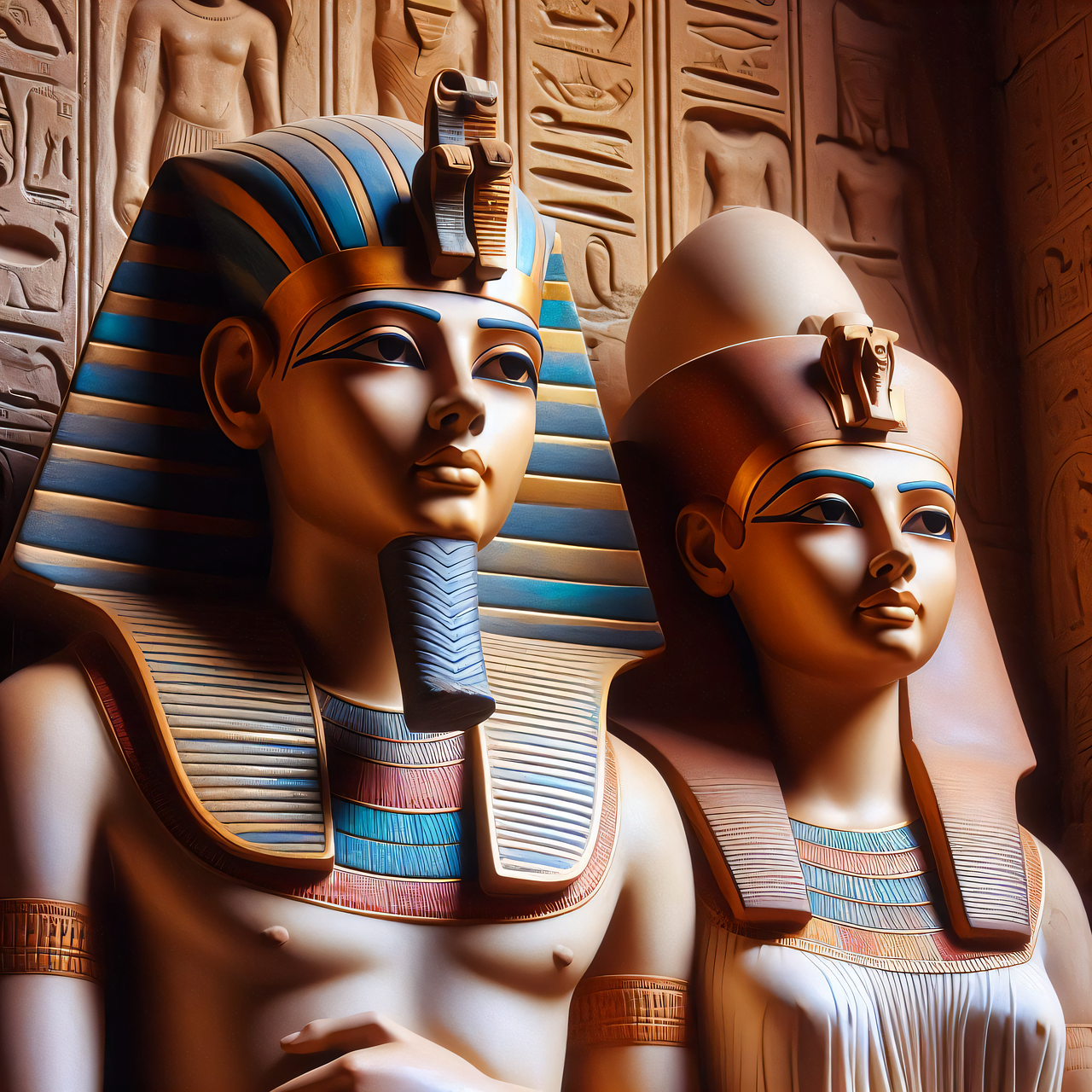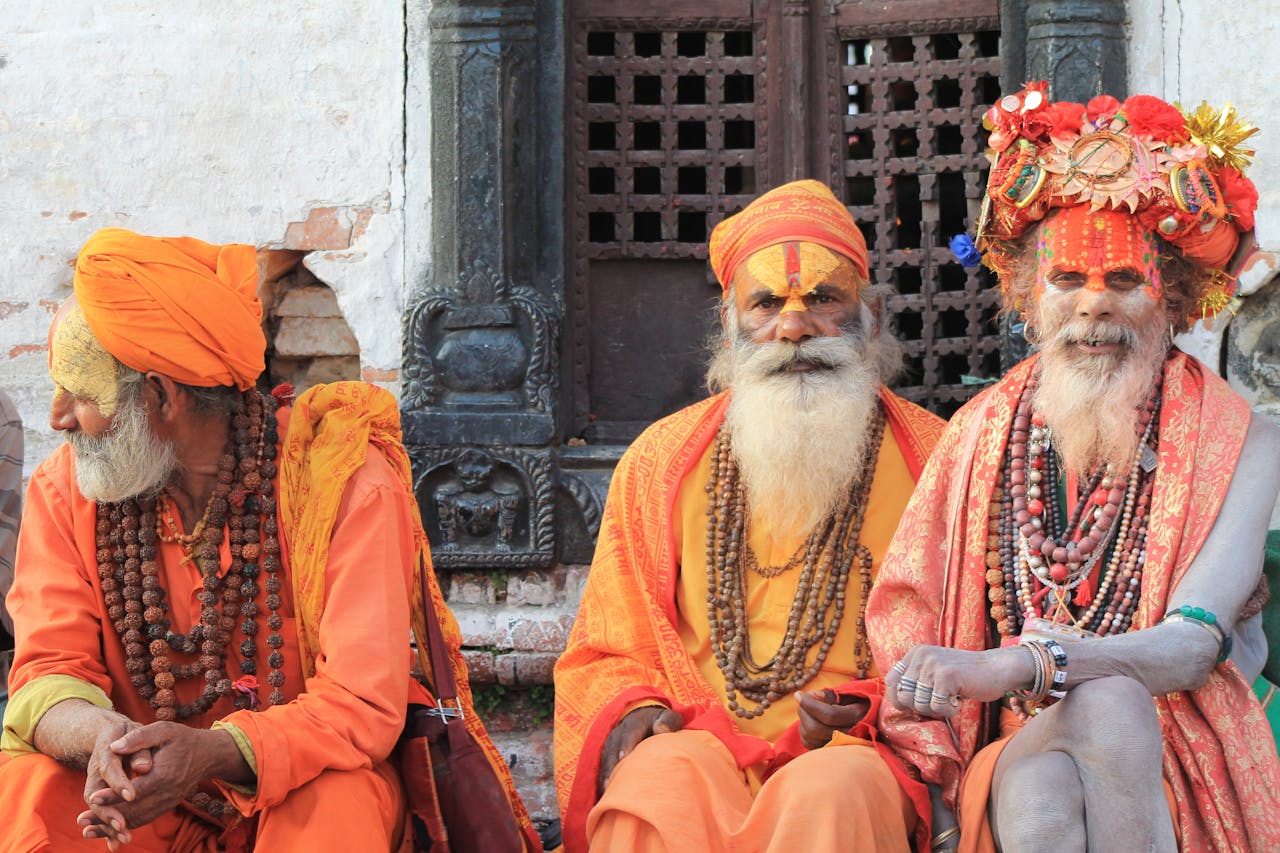The Concept of the Soul in Satyug, Treta, Dwapar, and Kalyug
Throughout the ages, various civilizations and religions have explored the concept of the soul. In Hinduism, the concept of the soul, or Atman, has been deeply ingrained in its philosophy and teachings. The understanding of the soul has evolved, with different perspectives emerging in different ages or “Yugas.” Let’s delve into the concept of the soul as it was introduced in Satyug, Treta, Dwapar, and Kalyug.
Satyug: The Age of Truth and Purity
In Satyug, the first and most virtuous age, the concept of the soul was understood in its purest form. It was believed that the soul was eternal, divine, and inseparable from the Supreme Being. The emphasis was on self-realization and the realization of one’s connection with the divine. The soul was seen as a spark of the divine, residing within every living being.
During Satyug, people were believed to have a deep awareness of their souls and a strong connection with the divine. The purpose of life was to attain spiritual enlightenment and liberation from the cycle of birth and death. The soul was considered immortal and unaffected by the material world.
Treta: The Age of Sacrifice and Rituals
In Treta, the second age, the understanding of the soul underwent a slight shift. While the concept of the soul as divine and eternal remained, the focus shifted towards rituals and sacrifices as a means to connect with the divine. The performance of elaborate ceremonies and fire sacrifices became prevalent.
During Treta, people believed that by performing these rituals and sacrifices with devotion and sincerity, they could purify their souls and attain spiritual progress. The soul was still seen as a divine entity, but the emphasis was on external practices rather than internal realization.
Dwapar: The Age of Devotion and Worship
In Dwapar, the third age, the concept of the soul continued to evolve. Devotion and worship became central to spiritual practice. The understanding of the soul expanded to include the idea of surrendering oneself to a higher power and seeking union with the divine through devotion.
During Dwapar, people believed that by offering prayers, performing rituals, and engaging in devotional practices, they could attain spiritual growth and liberation. The soul was seen as a devotee, seeking a personal relationship with the divine. The focus shifted from self-realization to surrendering to a higher power.
Kalyug: The Age of Materialism and Individuality
In Kalyug, the current age we live in, the concept of the soul has undergone further changes. Materialism and individuality have become dominant, and the spiritual aspect of life has taken a backseat for many. The understanding of the soul has become clouded by worldly desires and distractions.
In Kalyug, people often view the soul as a separate entity, disconnected from the divine. The emphasis is on personal achievements, material success, and fulfilling individual desires. However, there are still those who seek spiritual growth and strive to understand the true nature of the soul.
Conclusion
The concept of the soul has evolved over the ages, reflecting the changing beliefs and values of different civilizations. From the pure understanding of the soul in Satyug to the emphasis on rituals in Treta, the devotion in Dwapar, and the materialism in Kalyug, the perception of the soul has varied.
Regardless of the age we live in, the concept of the soul continues to hold significance. It reminds us of our spiritual nature and the potential for inner growth and realization. Understanding the soul and its connection with the divine can provide us with a deeper sense of purpose and fulfillment in life.
As we navigate through the complexities of the modern world, it is important to reflect on the timeless wisdom of the concept of the soul and its teachings. By nurturing our spiritual selves and seeking a deeper understanding of the soul, we can strive for a more meaningful and fulfilling existence.
Thank you for reading this post, don't forget to subscribe!














